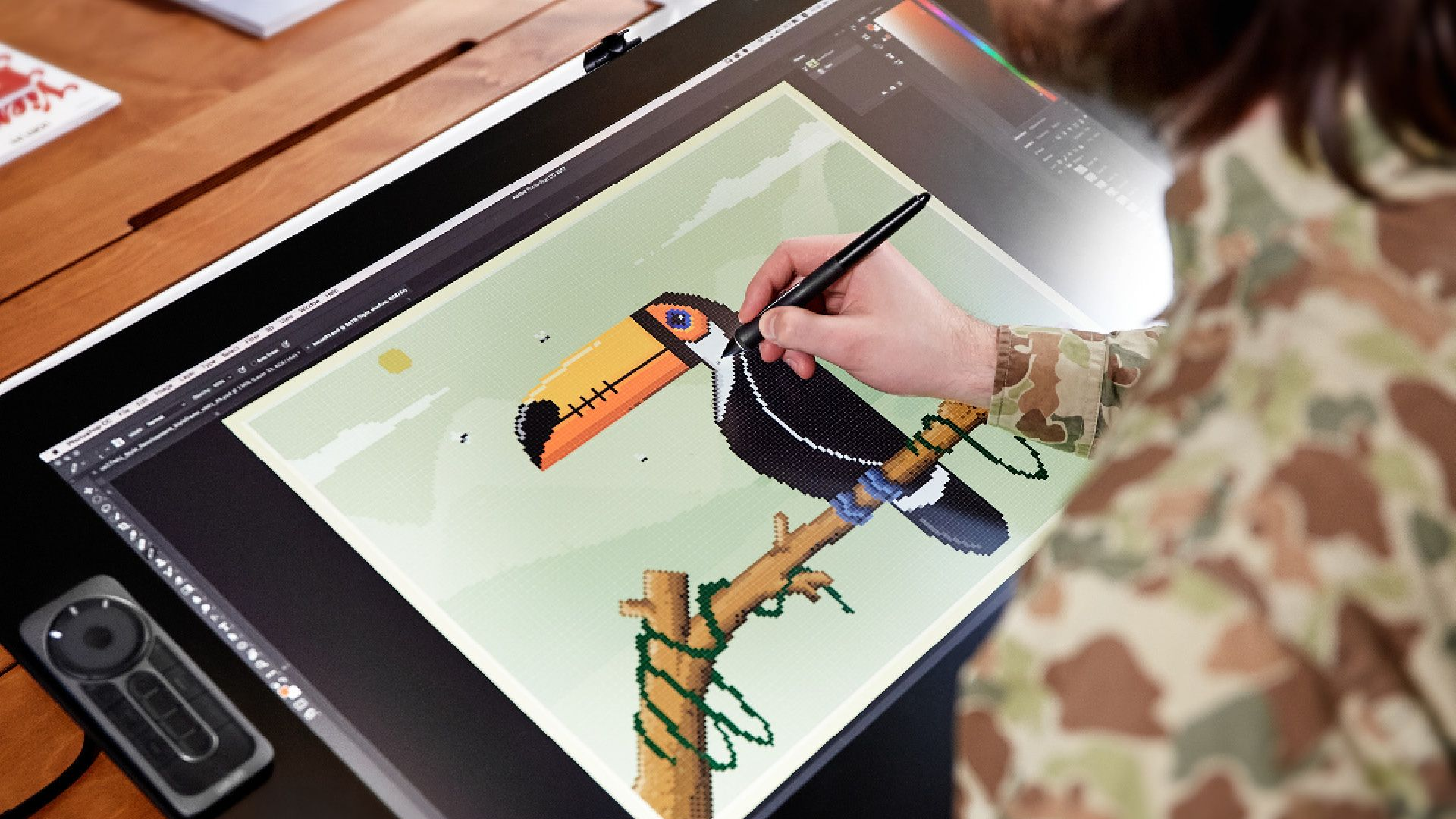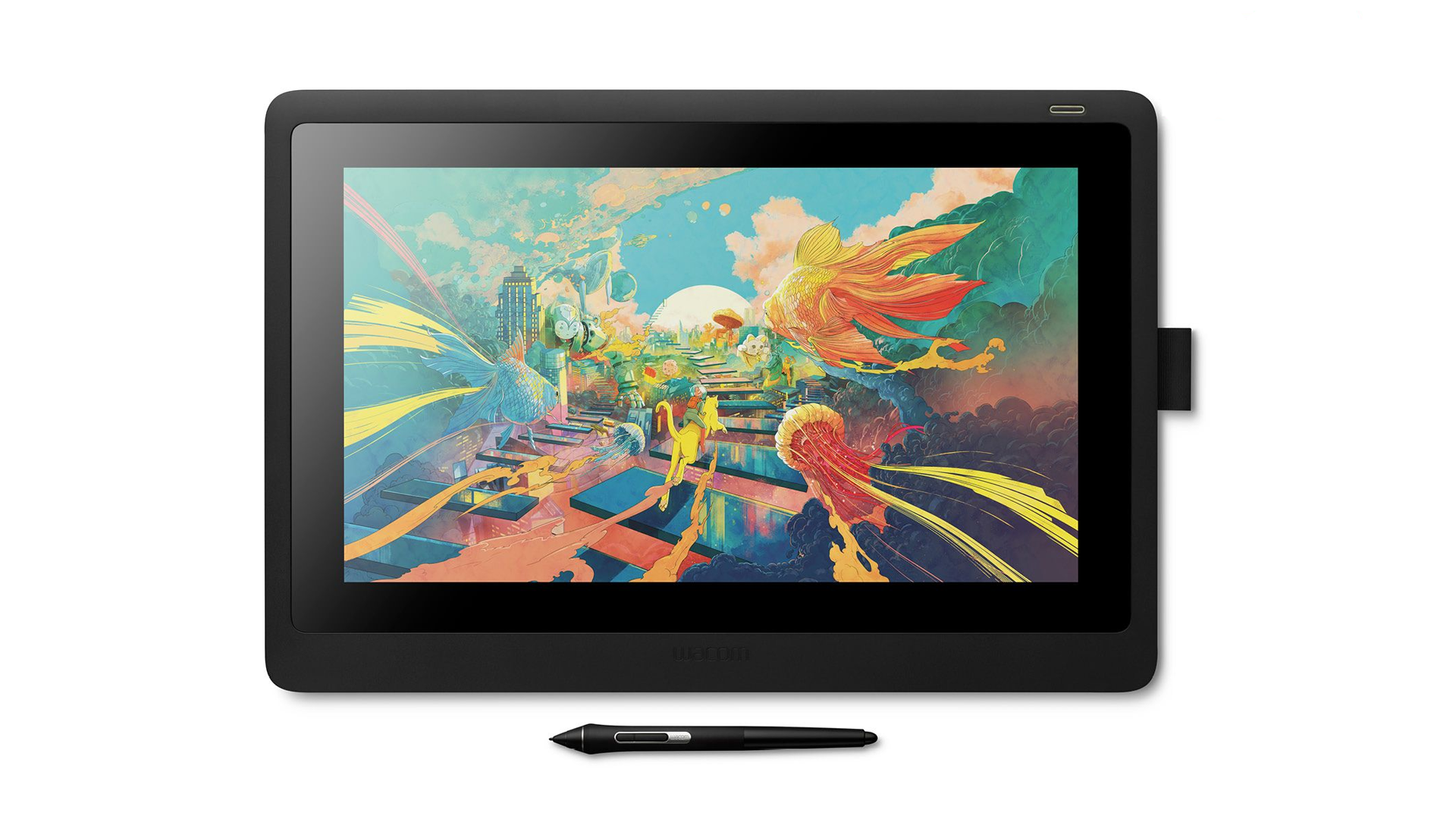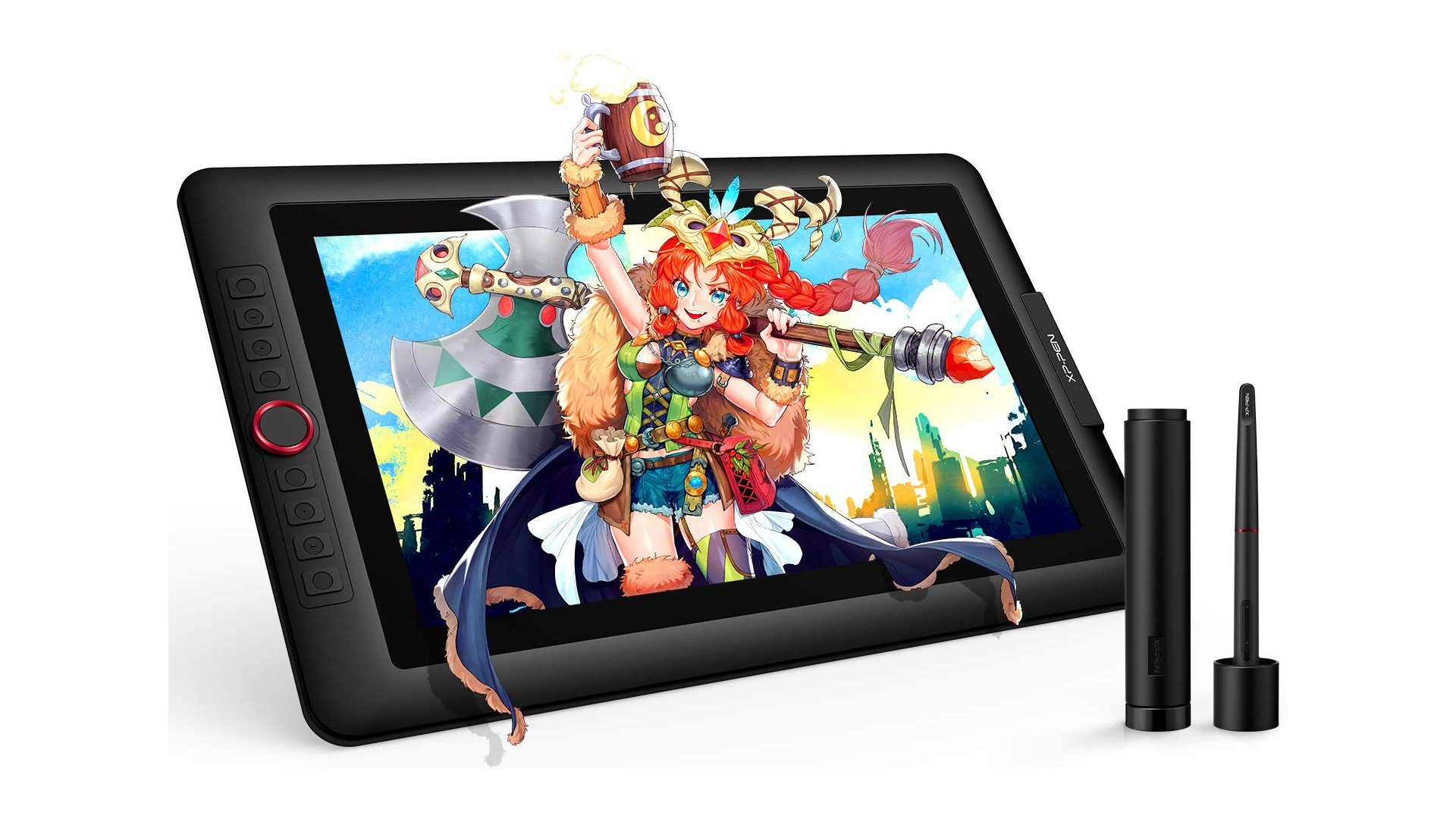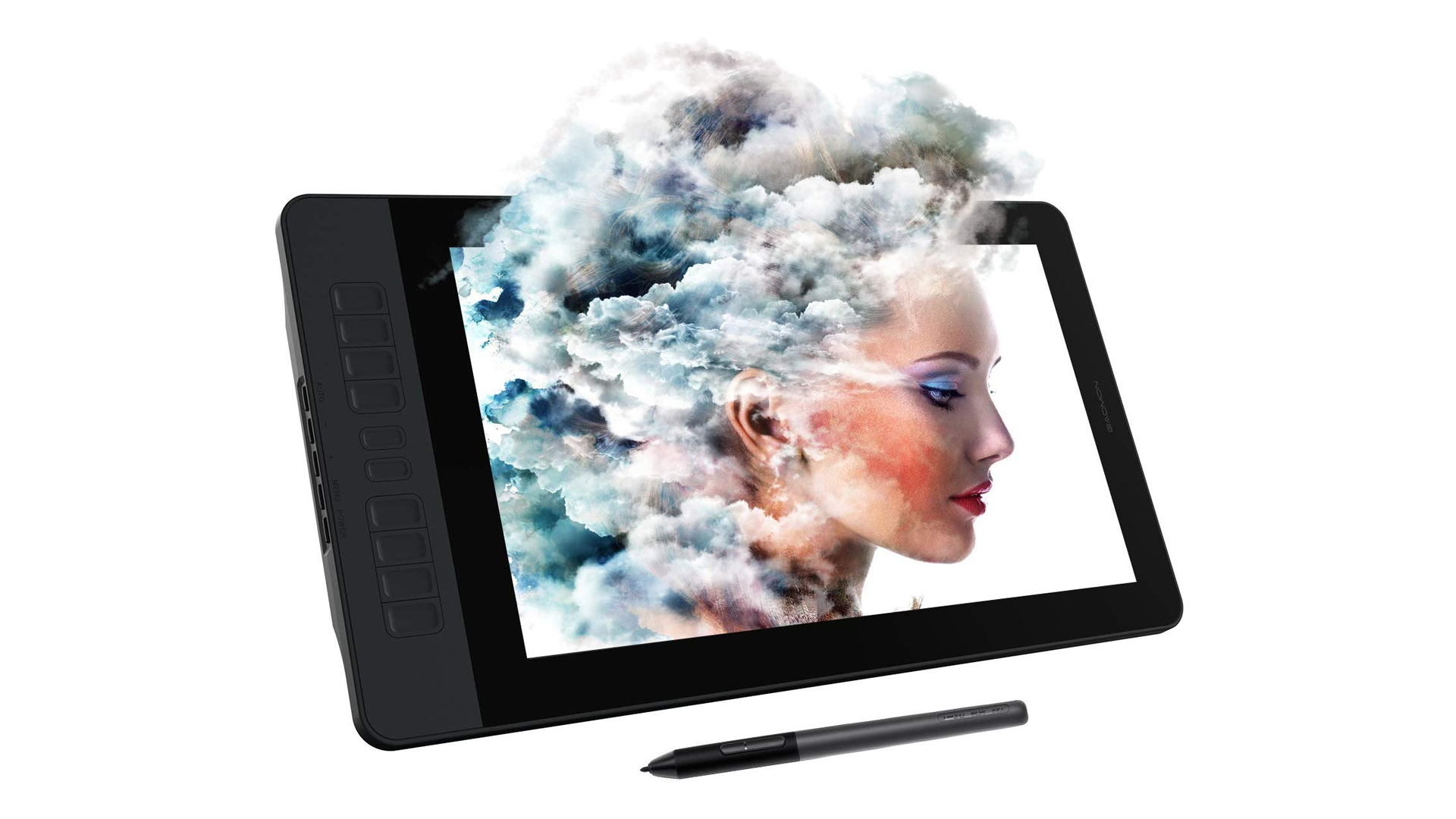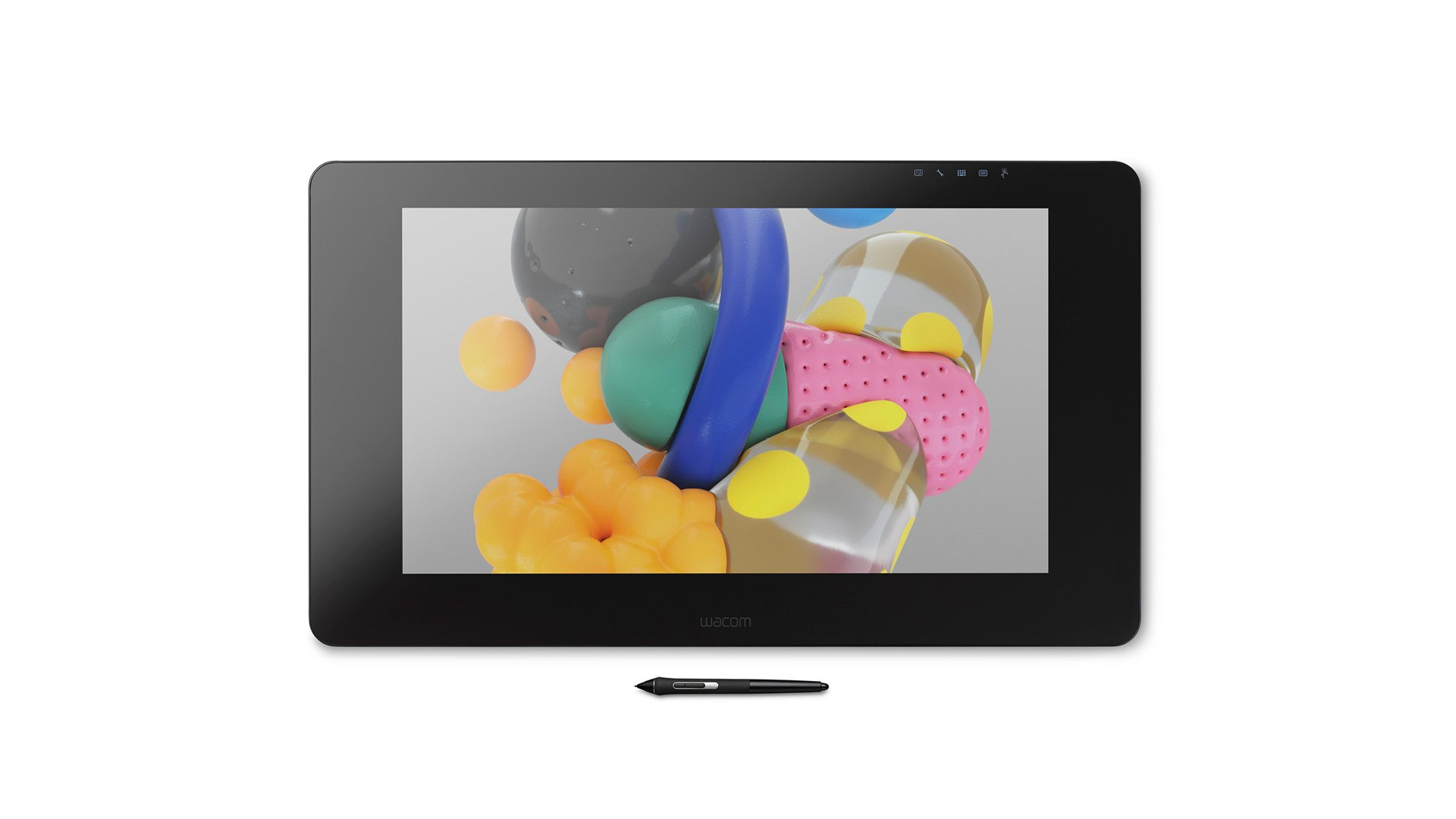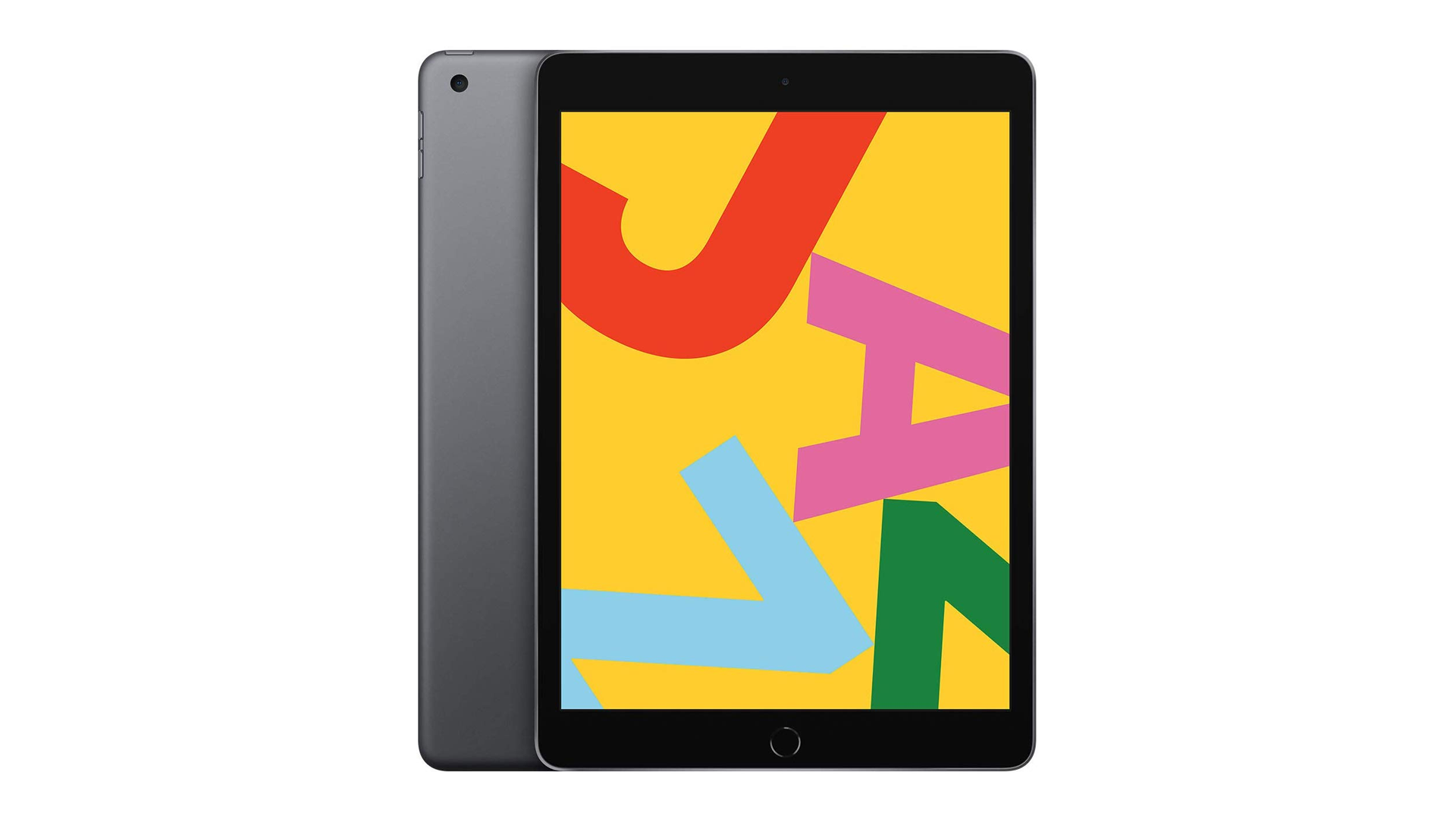Read update
- Checked content for accuracy. Replaced links for the iPads.
Quick Links
Shopping for a drawing tablet can be a bit overwhelming. The pricing is confusing, and important features like pressure sensitivity and latency aren't always easy to understand. But once you get a chance to see how competing drawing tablets differ from one another, it's a lot easier to pick out your new digital art companion.
Just to clarify, we're focusing on drawing tablets, which have integrated displays and only work when plugged into a PC. These shouldn't be confused with graphics tablets, which don't have built-in displays.
UPDATE: 10/7/21
Checked content for accuracy. Replaced links for the iPads.
When Buying a Drawing Tablet, the Devil's In the Details
Before we get into the weeds, we need to clarify how these tablets are different from one another. After all, they all look very similar on paper. They all have 1080p displays, high color gamuts (72% NTSC or more), 8192 levels of pressure sensitivity, and 60 degrees of tilt sensitivity. (The only exception is the Wacom Cintiq Pro 24, which has a super-powered 4K display).
If these tablets are so similar, then why do they feature such radically different prices? Well, the devil's in the details. We're going to list these details now, but you'll have to decide how much these small differences actually matter to you.
- Display Finish: All of the tablets in this article have an anti-glare finish. But the expensive options from Wacom have more of a paper-like finish, which may appeal to some artists.
- Lag and Performance: The performance of your tablet (how much it lags and how natural it feels) depends on sensor resolution (lines per inch) and report rate. Tablets with a high sensor resolution and report rate tend to feel the smoothest and suffer from the least amount of lag. (By the way, if your PC has limited processing power and RAM, then you're destined to run into input lag. Check that your hardware is up to spec with whatever software you're using.)
- Stylus Quality: All of the drawing tablets in this article are packaged with a two-button, battery-free (EMR) stylus. That said, Wacom's styli are built with thick bases for superior ergonomics and control, while the other options in this article have styli that feel more like traditional pens. Wacom's styli also have an eraser end, which is handy (but not necessarily a big deal).
- Shortcut Keys: Some drawing tablets have programmable shortcut keys, which can be used to quickly change your selected tool, brush, layer, etc. Of course, your keyboard can stand in for shortcut keys, but it's something to keep in mind.
- Build Quality: Budget drawing tablets tend to be a little clunky and chunky. This is mostly an aesthetic issue, as drawing tablets are made to sit on a desk. (That said, the cheaper options in this article come with a stand, while Wacom sells stands separately).
Now that you know how these tablets are actually different from one another, let's get on with the show. Here are the best drawing tablets on the market today. (To make price differences more obvious, the first three tablets in this article are all 15.6 inches. But they are available in larger or smaller sizes, which we'll link to).
Best Overall: Wacom Cintiq 16
Wacom's line of Cintiq tablets are considered the standard for beginners and pros alike. They're beautifully built, they're lightweight (the Cintiq 16 weighs just under 5 pounds), and they're virtually lag free---to the point that Wacom hasn't bothered publishing the device's sensor resolution or report rate. Wacom also packages the Cintiq with the Pro Pen 2, an $80 device that's built with a wide base for extra control and ergonomics, along with an "eraser side" for a natural feel.
There are, of course, a few reasons why a Cintiq tablet may not be right for you. It costs nearly twice as much as similarly featured budget options, it doesn't include a stand (although you can buy a bundle), and it doesn't sport any programmable buttons (aside from the buttons on the stylus).
Wacom also sells the Cintiq tablet with a 21.5-inch display.
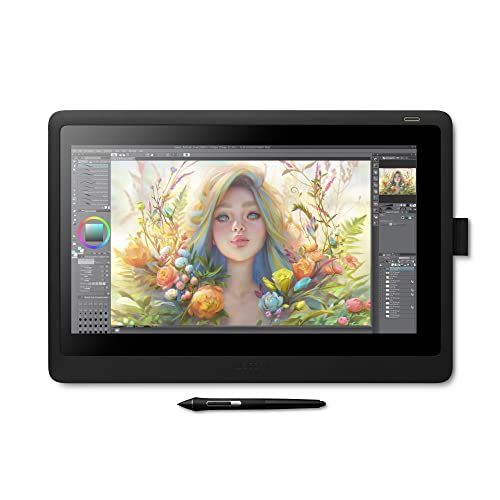
Wacom Cintiq 16 Drawing Tablet with Full HD 15.4-Inch Display Screen, 8192 Pressure Sensitive Pro Pen 2 Tilt Recognition, Compatible with Mac OS Windows and All Pens,Black
The Wacom Cintiq 16 is a solid, fully-featured options for beginners and pros. It has a fantastic build quality, robust pressure and tilt sensitivity, and a virtually latency-free input.
Another Favorite: XP-PEN Artist 15.6 Pro
If you're looking for a premium drawing tablet at an affordable price, then the XP-PEN Artist Pro may be your best bet. It's a tough, lightweight device (3.3 pounds for the 15.6-inch option---lighter than a Cintiq) that features eight adjustment buttons and a customization dial that's great for quickly adjusting brush size or zooming in on projects. It's also packaged with a stand and a drawing glove, so you don't have to worry about buying any extra accessories.
The XP-PEN Artist Pro is smooth and virtually lag free, with a 5080 LPI sensor resolution and a 200 RPS report rate (which is standard for most mid-range drawing tablets). That said, its coated screen doesn't feel as paper-like as the Cintiq's, and the included stylus doesn't feature an eraser side and isn't as ergonomic as the Wacom Pro Pen 2 (to the XP-PEN's credit, its stylus is more comfortable than other budget options).
XP-PEN also sells 11.6-inch, 13.3-inch, and 21.5-inch models of this tablet.
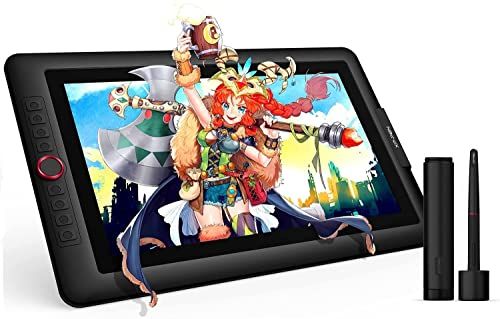
15.6" Drawing Tablet with Screen XPPen Artist 15.6 Pro Tilt Support Graphics Drawing Tablet Full-Laminated Red Dial (120% sRGB) Drawing Monitor Display 8192 Levels Pressure Sensitive & 8 Shortcut Keys
The XP-PEN Artist 15.6 Pro drawing tablet is virtually lag free, and features a handy programmable dial. Unlike Wacom tablets, the XP-PEN comes with a stand.
Best Budget: GAOMON PD1561
GAOMON is making a name for itself as the premier budget drawing tablet brand. The company's popular PD1561 tablet, while a bit chunky (the 15.6-inch option weighs 8.1 pounds), features the same pressure sensitivity and tilt ratings as more expensive tablets, and has 10 built-in buttons for quick adjustments and customized control. And, unlike Wacom's tablets, the GAOMON PD1561 is sold with a stand and an anti-fouling glove.
This tablet also flaunts a surprising 5080 LPI sensor resolution and 233 RPS report rate. On paper, it should work smoother and with less latency than the more expensive XP-PEN Artist Pro tablet. But in practice, the GAOMON PD1561 is slightly less precise than options from XP-PEN and Cintiq (something that you can observe in YouTube reviews). This may be due to driver issues, parallaxing (there seems to be a slight gap between the GAOMON's outer screen and inner display), or the included stylus' cheap build quality.
Either way, the PD1561 is still a fantastic value for the price. It's more accurate than drawing tablets of the past, and it sports some of the same specs and features of premium options. It's also sold in 11.6-inch and 21.5-inch varieties.
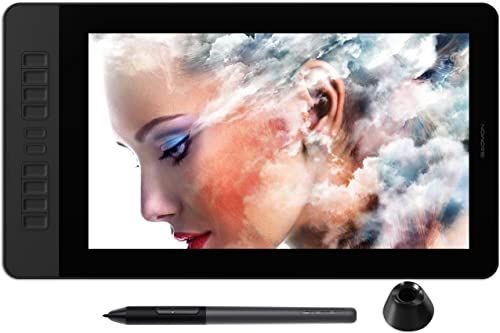
GAOMON PD1561 Screen Drawing Tablet with 10 Shortcut Keys Tilt-Support Battery-Free Pen -15.6'' IPS HD Pen Display with Adjustable Stand
The GAOMON PD1561 is impressive for the price. With the same pressure and tilt sensitivity that you'd expect from premium options, the PD1561 is a no-brainer for beginners or budget minded artists.
Best Premium: Wacom Cintiq Pro 24
Now we're getting in the big leagues. Wacom's Cintiq Pro drawing tablets are massive, and they sport gorgeous 4K displays with 99% Adobe RGB color accuracy. Like Wacom's other tablets, the Cintiq Pro line is built for quality and have impressive paper-like coatings. These premium devices also come with the Wacom Pro Pen 2, which is ergonomic and features a reverse "eraser side."
But unlike some of Wacom's other less expensive devices, the Pro line has integrated stands, and works with premium Ergo stands and floating desk mounts. Also, the 24-inch Cintiq Pro comes with an 17-button ExpressKey remote, which is fully programmable and has a built-in dial (smaller Pro devices omit the remote).
Of course, Cintiq Pro tablets aren't for everyone. They're massive, heavy (the Pro 24 weighs nearly 16 pounds), and very expensive. Even the smaller Pro tablets, like the 16-inch option, will be well out of most people's price range.
For reference, we featured the 24-inch option here because it's packaged with an ExpressKey remote and seems like the best value.
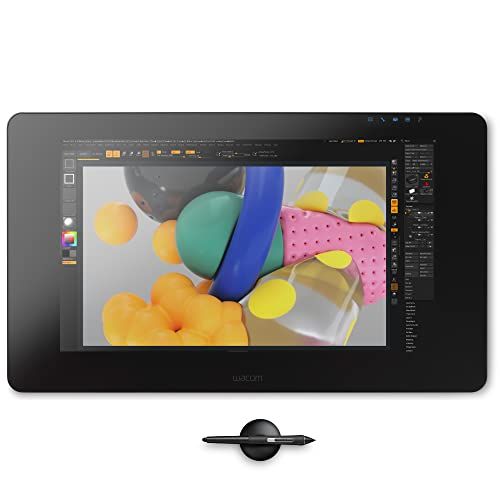
Wacom DTK2420K0 Cintiq Pro 24 Creative Pen Display – 4K Graphic Drawing Monitor with 8192 Pen Pressure and 99% Adobe RGB , Black
The Wacom Cintiq Pro 24 is a monster of a drawing tablet. With its 4K display, 99% Adobe RGB color accuracy, integrated stand, and included ExpressKey remote, it's the professional tablet of your dreams.
You Could Always Buy an iPad!
Traditional drawing tablets are a staple of digital art and design. But nobody's saying that you have to do your work at a PC. There's always the ultra-portable iPad and its selection of powerful graphic design and illustration apps.
When paired with the Apple Pencil (or a good alternative), the iPad offers pressure sensitivity, tilt sensitivity, and a low latency that's comparable to Wacom's high-end drawing tablets. Apple hasn't actually published the Apple Pencil's pressure or tilt levels, but in our experience, the device feels as deep and responsive as any professional drawing solution.
And like traditional drawing tablets, the iPad is sold in a variety of sizes. There's the tiny iPad Mini, the comfortable iPad and iPad Air, and the 11 or 12-inch varieties of the iPad Pro. (Sadly, there aren't any 15- or 16-inch iPads.)
I'm not saying that the iPad better option than traditional drawing tablets. But it may be a good alternative for beginners, or for anyone who wants to create digital art on the go. Plus, it's a more versatile option because you can do more than just draw with it.
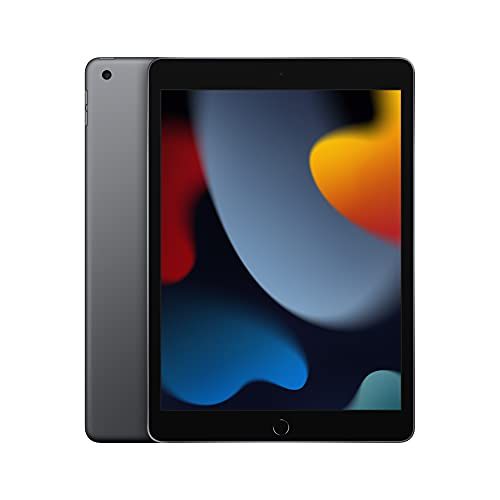
Apple iPad (9th Generation): with A13 Bionic chip, 10.2-inch Retina Display, 64GB, Wi-Fi, 12MP front/8MP Back Camera, Touch ID, All-Day Battery Life – Space Gray
When paired with an Apple Pencil, the iPad offers pressure sensitive, tilt sensitivity, and a low-latency that's comparable to Wacom products. It's a good option for beginners or pros who need an all-in-one digital art solution.

